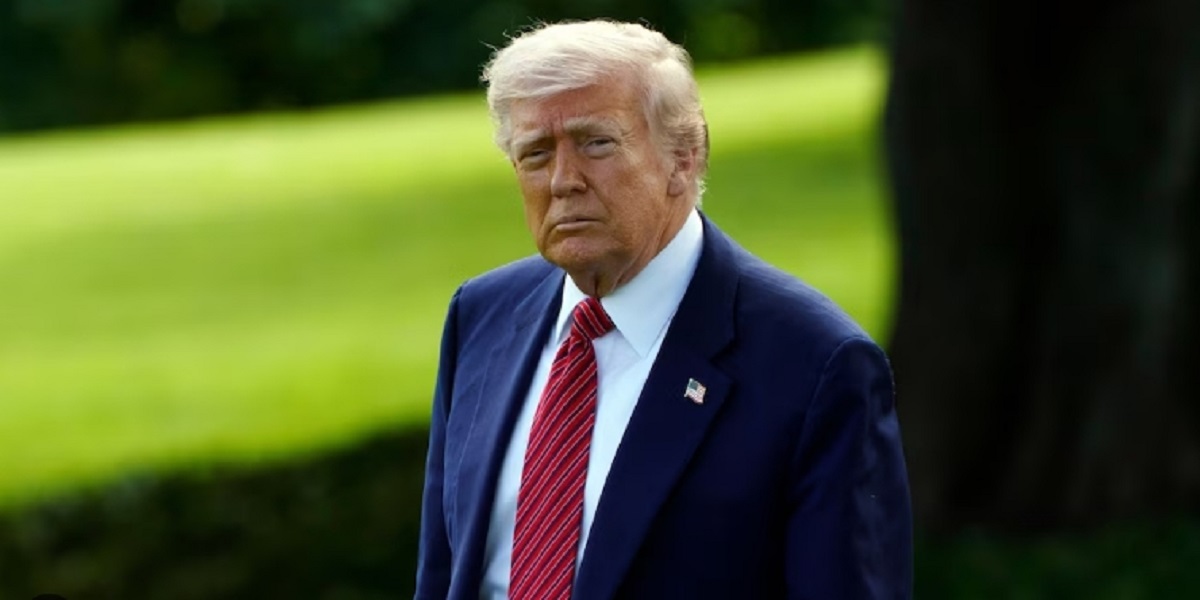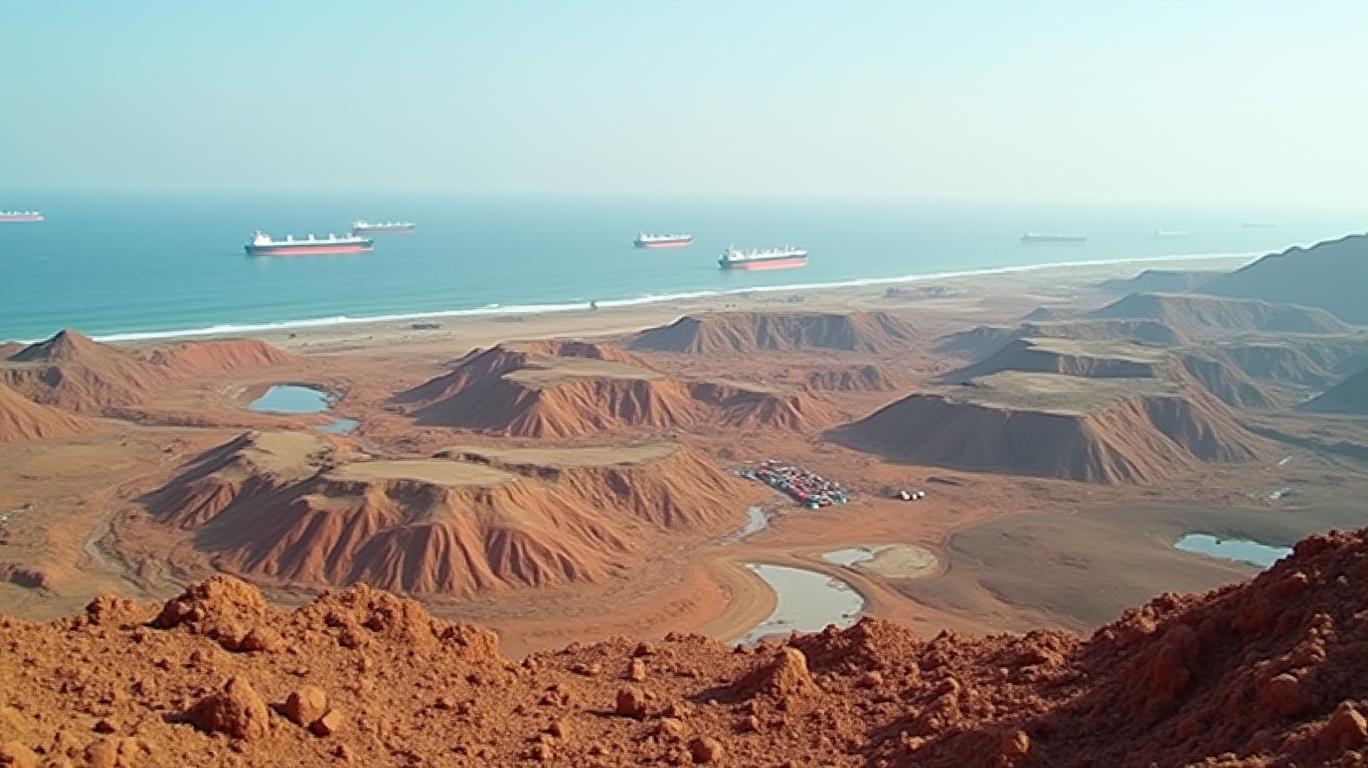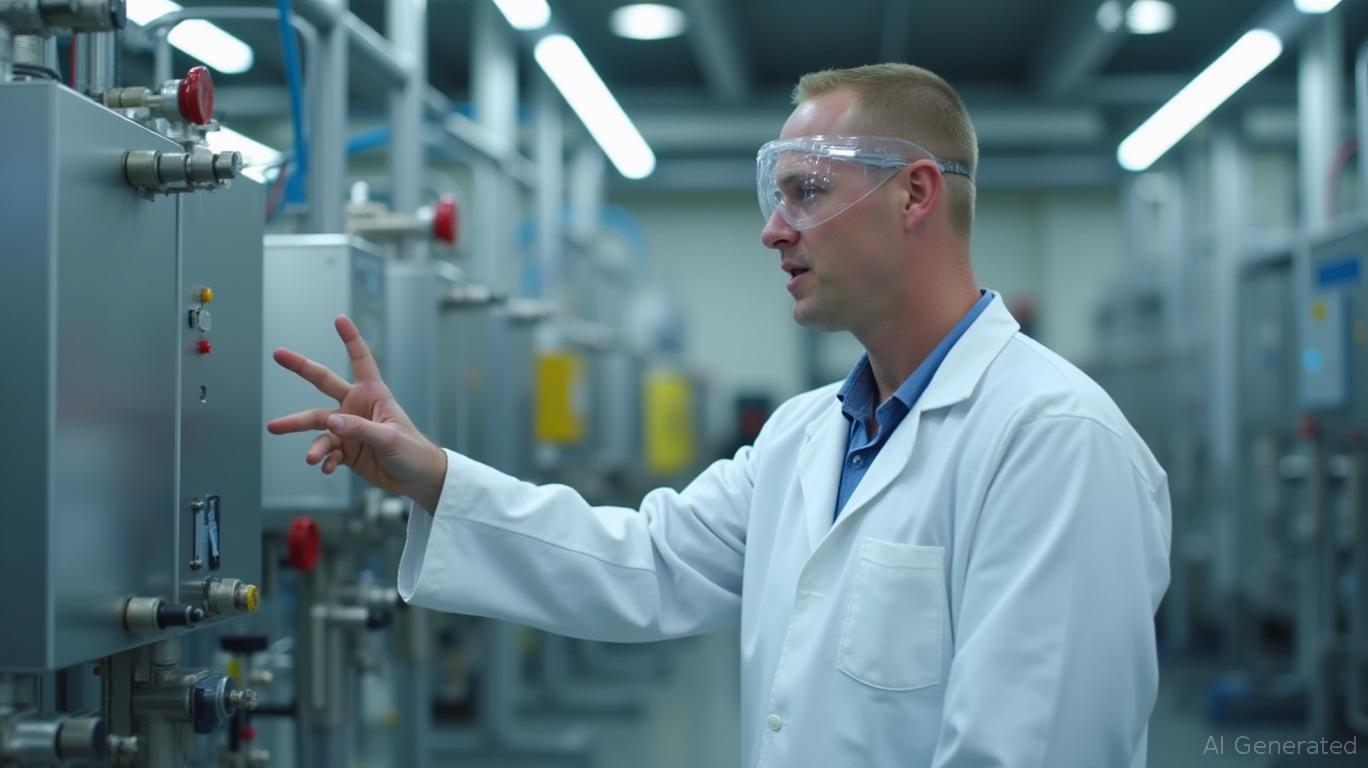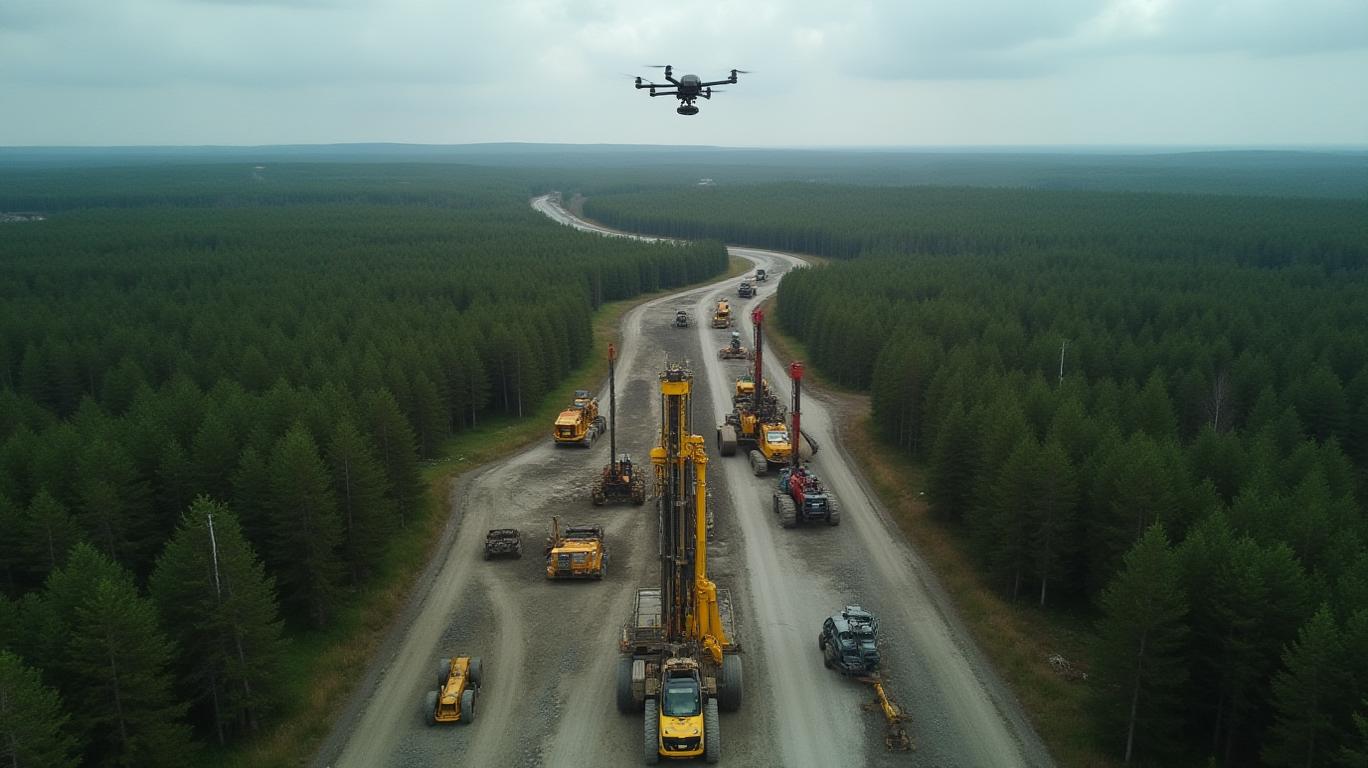Skeena Resources: A Sustainable Mining Play with Indigenous Partnerships Driving Value
The release of Skeena Resources Limited’s 2024 Sustainability Report, Rebuilding Together, marks a pivotal moment for the Canadian mining sector. The report outlines the company’s progress in aligning its Eskay Creek Gold-Silver Project with environmental stewardship, Indigenous collaboration, and economic sustainability—key factors that are increasingly critical for investors in resource-driven industries.
Ask Aime: What's the Eskay Creek Gold-Silver Project and its implications for sustainability in the Canadian mining sector?
Environmental Stewardship as a Competitive Advantage
Skeena’s environmental commitments are underscored by measurable outcomes. The company’s 3.3 Total Recordable Injury Frequency Rate (TRIFR)—well below the industry average of 5.0 for mining operations—demonstrates its prioritization of worker safety. This metric is particularly compelling given the sector’s historical safety challenges.
The company has also advanced its regulatory milestones, submitting a comprehensive Environmental Assessment (EA) to both the British Columbia government and the Tahltan Central Government. This reflects a commitment to transparency and compliance, which reduces long-term operational risks.
Social License Built on Indigenous Collaboration
Skeena’s partnership with the Tahltan Nation is central to its social license to operate. With 28% of its full-time workforce identifying as Indigenous, including 16% in management roles, the company is outperforming industry benchmarks for Indigenous inclusion. This not only fosters community trust but also ensures project decisions align with local values.
The economic impact is equally significant: $37.8 million of Skeena’s $97 million in British Columbia procurement spending went to Indigenous-owned businesses in 2024. Such investments directly strengthen local economies and create long-term stakeholder alignment.
Project Potential: High-Grade, Low-Cost Production
The Eskay Creek Project’s technical merits are undeniable. As one of the highest-grade, lowest-cost open-pit precious metals mines globally, it boasts a silver by-product output exceeding many primary silver mines. This positions Skeena to capitalize on rising demand for both gold and silver, particularly in green energy technologies and industrial applications.
Skeena’s leadership, including CEO Randy Reichert and Tahltan Nation member Nalaine Morin, has emphasized a shared-value approach, integrating Indigenous land stewardship principles into project design. This dual focus on profitability and sustainability could differentiate Skeena in an ESG-conscious investment landscape.
Risks and Mitigation Strategies
No mining project is without risk. Regulatory delays, environmental uncertainties, and commodity price volatility remain concerns. However, Skeena’s proactive measures—such as 300+ community meetings with Indigenous groups and rigorous adherence to SASB and GRI standards—mitigate these risks by fostering trust and accountability.
Conclusion: A Compelling Investment Thesis
Skeena Resources’ 2024 Sustainability Report paints a picture of a company poised to thrive in an era of ESG-driven investing. Its 28% Indigenous workforce representation, $37.8 million in Indigenous procurement, and industry-leading safety record are not just metrics—they are strategic advantages.
The Eskay Creek Project’s high-grade, low-cost profile offers a strong earnings catalyst, while Skeena’s collaboration with the Tahltan Nation reduces regulatory and social risks. For investors, these factors, combined with the company’s transparent reporting and alignment with global sustainability frameworks, make SKNAF a compelling play in the precious metals sector.
While commodity price fluctuations and regulatory hurdles remain risks, Skeena’s progress in rebuilding trust and value through partnerships suggests a path to long-term resilience. In a market seeking both profitability and purpose, Skeena’s “Rebuilding Together” strategy is more than a slogan—it’s a roadmap for sustainable success.

_41c5d7291749577840008.jpeg)








